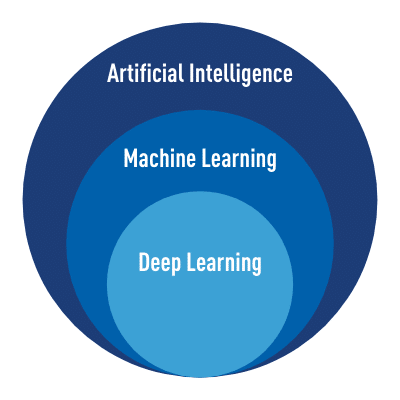In my role as a Data Scientist at Trayport, I often get asked about my job, what I do from day to day, and what role Artificial Intelligence (AI) and Machine Learning (ML) plays in my everyday work life.
Data science, AI and ML are fields I am incredibly passionate about and would like to share more about it.

Maria Fabianska
What Is A Data Scientist?
Go back 20 years and many would be confused by the term “Data Scientist”, but with the explosion of data and the systems to manipulate it, there are many more of us around today.
In the broadest sense of the term, a Data Scientist is someone who uses scientific methods, processes, systems and algorithms to gain knowledge and insight from data. The role of a Data Scientist is to analyse, process and model data, after which the interpreted data is used to make data-driven decisions. We also get to use AI and ML in order to gain knowledge and insight from data quicker and more efficiently.

What Is Artificial Intelligence?
Artificial intelligence (AI) is a discipline which attempts to make machines capable of intelligent behaviour. In other words, an AI machine can tackle problems which in the past were only solvable by humans. What is more, it should be able to achieve it without being explicitly programmed.
What Is Machine Learning?
Machine Learning (ML) is a branch of AI. It studies algorithms that allow computer programs to learn automatically from accessible data and make improvements without human intervention.
Working As A Data Scientist At Trayport
In the world of energy trading, the role of algorithms and data analytics is growing, making AI and ML core areas of trading optimisation – it’s a very exciting field to work in.
As a Data Scientist, I am part of the Trayport AI team who develop a highly modular framework for easy creation, training and comparison of different machine learning models. An example within that framework is performing probabilistic forecasting of trade prices to enhance our trading strategies.
With the goal of maintaining the quality of our solutions, we make an effort to stay up to date with novel ML techniques in order to improve our models. At the same time we ensure we master the basics.
Constant Improvements
One fastidious task in ML is hyperparameter search and experimentation with different kinds of models. We have implemented a tool for hyperparameter search which makes this job much easier. It allows us to quickly find a combination of hyperparameters yielding the best results.
Stay Up To Date With New Trends
With the field constantly growing, it’s important to stay on top of trends, techniques and advancements. I have recently read about a new optimization technique for deep neural networks called gradient centralisation. This is extremely easy to integrate into any gradient-based optimization algorithm. It is a simple subtraction of mean values from gradient vectors. The authors of the article claim that gradient centralisation leads to better generalisation of capacities of a trained model and can significantly speed up the training. It is an interesting alternative to widely used batch normalization (which does not perform well when the batch size is small which limits its applications to memory consuming tasks).
I love my job as a Data Scientist. It gives me the ability to solve new exciting tasks every day. Not only do I have a chance to discover interesting patterns in the data, but also develop my skills and knowledge on a daily basis.
If you enjoy computer science, statistics and mathematics, and have a mind for analytics, perhaps a career (view our vacancies here) as a Data Scientist is a good fit for you.



